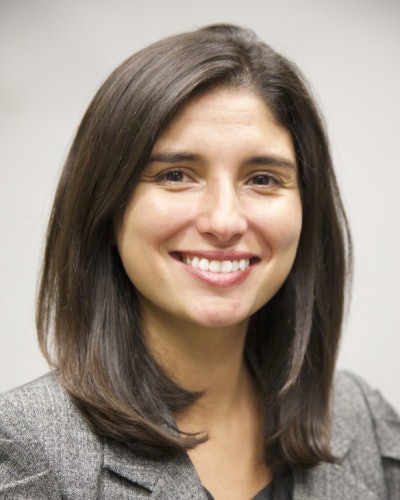A new paper from Dr. Denisa Gándara, an assistant professor at the University of Texas—Austin, begins on a dispiriting note: although there have been many policy efforts to increase educational opportunity since President Lyndon B. Johnson signed the Higher Education Act in 1965, they have largely failed to reduce ethnic and racial disparities at colleges and universities. As of 2021, 42% of white people 25 and older had finished a bachelor’s degree, but only 28% of Black people and 21% of Hispanics had.

“By requiring students to fill out a large form, rather than using government resources to identify the student’s eligibility, it creates a scenario where students might not access a service because they have competing responsibilities that prevent them from taking the time,” said Dr. Oded Gurantz, an assistant professor at the University of Colorado-Boulder. “[There are] students who are capable of going to college and being successful, but because of all these steps, don’t end up going.”
The most prominent example is the Free Application for Federal Student Aid (FAFSA), a 108-question monster that the government has promised to simplify, although efforts have been delayed. But other burdens abound, including FAFSA Verification, in which students have to prove the truth of the information that they submitted on their financial aid form (and which research has shown has little impact), and applications for other sorts of aid.
These burdens have been shown to have disparate racial impacts, with deeper effects on minoritized applicants, who may be less likely to have the family or institutional support necessary to navigate the application processes. They also may be more likely to make money in less formal industries like childcare or house-cleaning, and so may face the extra complications with documenting their incomes. And along the way, they may encounter biased administrators whose treatment can create psychological barriers and the feeling that college is not meant for them.
In light of all of this, Gándara’s paper, written with Dr. Rosa Maria Acevedo, Dr. Diana Cervantes, and Marco Antonio Quiroz, all of the University of Texas at Austin, seeks to create a framework that researchers looking to tackle these issues can use—a comprehensive outline of how to examine the problem.
 Dr. Denisa Gándara, assistant professor at the University of Texas—Austin
Dr. Denisa Gándara, assistant professor at the University of Texas—Austin
The framework begins with a focus on the process of policy design. This includes who is making the decisions and their power relationships to each other. It also covers the discourse around the policy—how policymakers talk about the requirements that they are considering imposing and the groups that they are imposing them on.
“That tells us how policymakers think about deservingness and why students are or are not deserving of policy benefits,” said Gándara. “That can help us combat certain discourses that might lead to policies that are especially harmful.”
The focus then shifts to the policy itself, the specific legislative requirements that student must fulfill to access benefits. However, perhaps just as important is how the policy is implemented. How much a school, for example, can afford towards carrying out a financial aid program is critical.
“Is there one financial aid officer who has a very large caseload?” said Gándara. “Or is there greater capacity for supporting students in accessing these benefits?”
Another concern is how those officers interact with the students who seek help.
“If a student doesn’t meet a particular requirement, is that practitioner going to encourage that student to ask for a waiver or an exception?” said Gándara. “Not all students are going to be aware of those waivers, and in many cases, it will be incumbent on the person interacting with the students to make them aware.”
The framework then moves to students’ experiences of the policy, which may differ from researchers’ or policymakers’ expectations.
“There are certain things that we might think are administrative burdens based on theory, previous literature, and anecdotal evidence, but that might not mean that students experience [them] as actually burdensome,” said Gándara.
Students who come from different backgrounds might also experience different burdens differently, Gándara pointed out.
The final stage of the framework focuses on outcomes, which could range from whether a student actually gets the benefit that they’re applying for to more long-range concerns, like the obtaining of credentials. Here, Gándara said, it will be possible to actually measure the ultimate effects of policies on different groups.
Gurantz thought that the framework could help researchers re-imagine how they do their work.
“It could get me to ask different questions, to talk to different kinds of people, to propose different kinds of theories,” he said.
But Gándara hoped that it would have more influence.
“Policymakers need to consider what the negative impacts might be of incorporating these requirements, in particular, how these burdens can be more burdensome for specific groups of students,” she said. “The framework can help policymakers think differently.”
Jon Edelman can be reached at [email protected]















